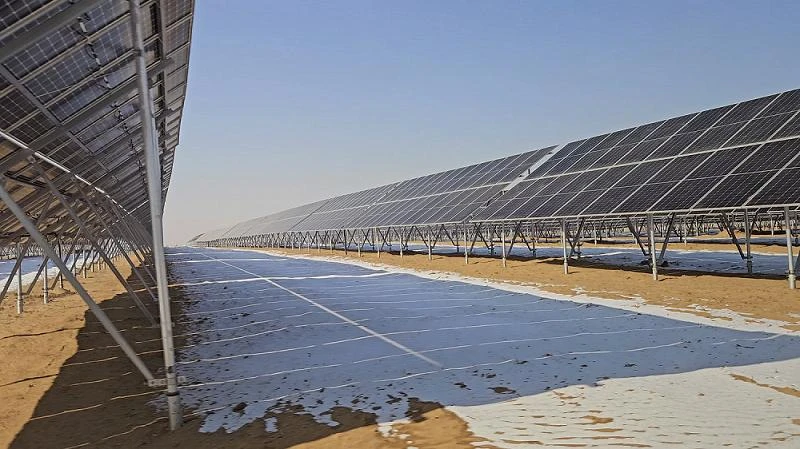Factors Influencing Solar Panel Dimensions and Energy Production Capacity for Home Use
Understanding Solar Panel Size and Capacity A Key to Sustainable Energy
In recent years, the drive toward sustainable energy sources has led many households and businesses to invest in solar panels. These rectangular photovoltaic devices harness sunlight to generate electricity, helping to reduce greenhouse gas emissions and dependency on fossil fuels. However, an essential consideration when choosing solar panels is understanding their size and capacity, which play a crucial role in their efficiency and overall effectiveness.
What is Solar Panel Size?
Solar panel size refers to the physical dimensions of the panel. Most commonly, residential solar panels are approximately 65 inches tall by 39 inches wide, which might vary slightly between manufacturers. This standard size generally allows a solar panel to produce around 300 to 400 watts of power, depending on its efficiency rating. However, other types, such as thin-film or building-integrated photovoltaics, may be larger or shaped differently.
The size of the solar panel directly impacts its energy output. Larger panels usually capture more sunlight, thereby generating more electricity. When determining the necessary panel size, factors such as installation space and aesthetic preferences come into play. It is crucial to balance output with available roof or ground area, particularly in urban settings where space may be tight.
What is Solar Panel Capacity?
Solar panel capacity, typically measured in watts, indicates how much electricity a solar panel can produce under ideal conditions. Understanding capacity is vital, as it helps homeowners and businesses assess whether their solar system can meet energy needs. For instance, a solar panel with a capacity of 300 watts can provide roughly 1.5 kilowatt-hours (kWh) of electricity per day, assuming it receives around 5 hours of direct sunlight.
In photovoltaic systems, total capacity is determined by the number of panels installed and their individual capacity ratings. A well-designed solar system considers the average energy consumption of the household or business, the typical sunlight availability in the region, and any applicable regulations or constraints regarding solar installations.
solar panel size and capacity

The Relationship Between Size and Capacity
The relationship between size and capacity is generally linear larger panels with more photovoltaic cells tend to offer higher capacities. However, other factors significantly affect this relationship
1. Efficiency Solar panels vary in efficiency, which is the percentage of sunlight they can convert into usable electricity. Higher efficiency panels can be smaller in size while delivering the same capacity as larger, less efficient panels. Investments in cutting-edge solar technology, such as monocrystalline or bifacial solar panels, often yield higher efficiency ratios.
2. Orientation and Installation The geographical location and orientation of the solar panels can affect their efficiency and, consequently, the energy capacity they can generate. Panels facing south typically receive the most sunlight, while those facing east or west might generate less power. Moreover, tilt angle and shading from trees or buildings also affect performance.
3. Climate Conditions Regional climate plays a vital role in overall energy production. For instance, areas with abundant sunlight can make efficient use of solar panels, while places with frequent rainfall or cloudy weather may require larger systems to generate the desired capacity.
Choosing the Right Solar Panel Size and Capacity
When selecting solar panels, careful consideration of size and capacity is key. Home and business owners should evaluate their energy needs and perform household energy audits to determine the average monthly kWh usage. Consulting with a solar energy specialist can further refine choices, helping users understand how different sizes and capacities will fit in with their lifestyle and energy consumption.
In conclusion, understanding solar panel size and capacity is critical in making an informed decision about solar energy systems. With the right approach, individuals and businesses can harness this sustainable energy source effectively, significantly reducing energy bills and contributing to a healthier planet. As technology continues to evolve, the future of solar energy looks promising, offering continued opportunities for efficiency and environmental responsibility.
-
Unlocking Energy Freedom with the Off Grid Solar InverterNewsJun.06,2025
-
Unlock More Solar Power with a High-Efficiency Bifacial Solar PanelNewsJun.06,2025
-
Power Your Future with High-Efficiency Monocrystalline Solar PanelsNewsJun.06,2025
-
Next-Gen Solar Power Starts with Micro Solar InvertersNewsJun.06,2025
-
Harnessing Peak Efficiency with the On Grid Solar InverterNewsJun.06,2025
-
Discover Unmatched Efficiency with the Latest String Solar InverterNewsJun.06,2025







